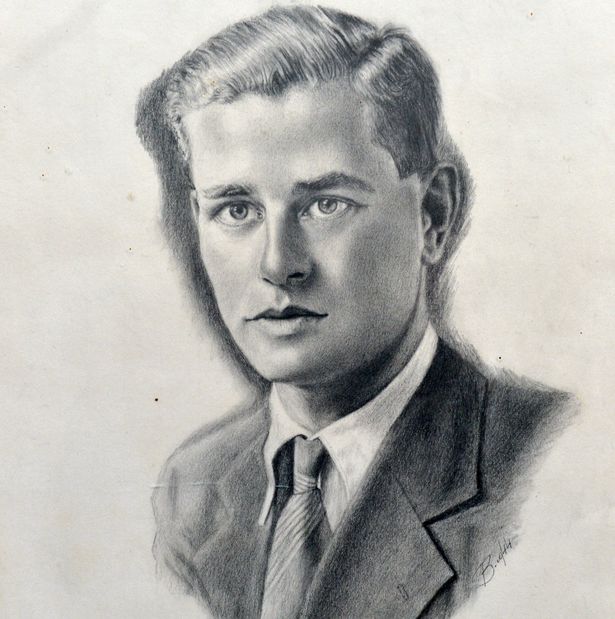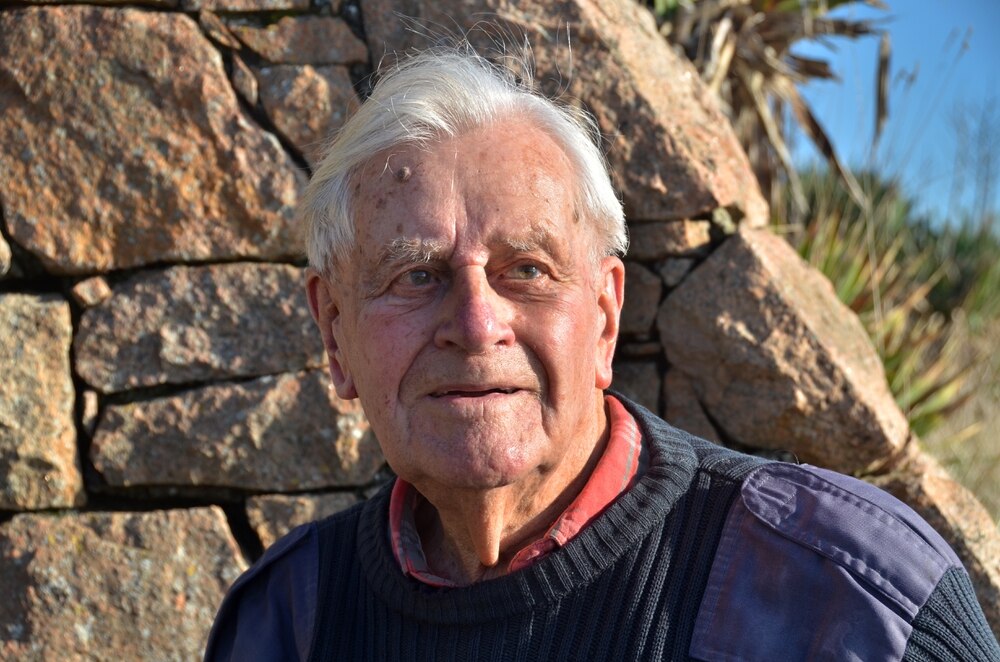Bob Le Sueur:
Bob Le Sueur was only 19 years old when the German’s occupied Jersey Channel Island’s. During the 5 years of occupation Bob accomplished many things, but importantly he helped to assist Russian’s escape the prison in Jersey , which he was commemorated for by receiving an MBE later on in his life. During this time period he worked as an insurance agent, allowing him to move about. Soon after Bob decided to become an English teacher at Hautlieu school. Allowing Bob to come visit us at Hautlieu not only brought nostalgia to him but also allowed him to share his storied surrounding the topic of the Occupation and his political view points during this time.
To this day Bob can be considered a busy many, as he is constantly doing interviews to share his stories and heroic acts during the Second World War. Many more of his stories can be found online in video interviews, with some of them being linked below.
“People in every part of the world are extraordinarily alike, with basic human values”
Bob Le Sueur
The Stories:
Le Sueur provided three different stories, almost in a chronological order of events during the war, the first being set of the morning of the German’s arrivals. That particular morning he remembered being awoken too bomb plane dropping two cylinders, connected to parachutes, which contained messages to the command force in Jersey, at this time their was no command force in Jersey, which meant the messages where taken to the Bailiff. The message said that the island had 24 hours to surrender otherwise there would be a carpet bombing onto the Island. This message lead to an emergence sitting at the states, to which they all decided to surrender. During this meeting many stood in anticipation outside the states, in the royal square. The woman believed that when the German’s occupied the Island they would be raped before nightfall, which created an unnerving and negative atmosphere to the already nightmarish situation. Soon after the Bailiff announced that the Island was going to surrender and allow the German’s to occupy.
“When this is all over we must hurry back home and barricade doors”
Two ladies waiting in anticipation – Bob Le Sueur
His Second story was set around the middle of the occupation, and was about a Russian student being hidden by two Islanders, in protection from forced labour and slave work. To set the scene he explained how one of the Russian’s was on his way home from school to which he was escorted onto a train and transported over to Jersey, leaving his parents clueless as to where his child was. He informed us how they managed to get this Russian a fake identity card, allowing him too have freedom and roam the streets in Jersey. This short story was interesting and gives us insight into his heroic acts during the occupation which lead him to the MBE.
“Liberation day was a day islanders knew was coming.”
Bob Le Sueur
The final story told was the day of liberation. His crystal set radio, hidden around households, informed him that Berlin Fell April 30th, and on May 1st was the important labour day in Soviet Union. Further to this the JEP informed islanders that Hitler was announced dead. On the 9th of September at 7:14am the papers of surrender were signed on the deck of the British destroyer at St Peter’s shore. On the day of liberation him and his friends where cycling up to see the shop, when his tire broke, due to the make of his tyre the noise created sounded like pistol shots. When this happened they where cycling pass two German soldiers armed with guns, this lead to everyone around him dropping to the ground. The soldiers lifted their guns and pointed them at Bob, to which they ended up laughing with Bob towards the situation, leaving a happy last memory of the German Soldiers on the day of liberation.
“I wanted to go shake the hands of the German Soldiers.”
Bob Le Sueur
Photoshoot Planning:
After hearing Bob stories about his memories of the war, we were then given the opportunity to photograph Bob in the studio. This allowed me to revisit studio photography and the artificial lights used within the studio environment. Capturing these images, I used a two point lighting set up, one facing straight on at Bob and one behind him, allowing the whole background to be completely white with no grey offsets. In addition I had my camera on Manual mode with the shutter speed being set at 1/125 and my aperture being at F16, making the settings appropriate for a studio photography. In terms of the style of photography, I would say the photographs fall into studio and documentary due to the nature of me building a relationship with the subject, and capturing his story within a portrait. I will be exploring capturing Bob, using head shots, half body and 3/4 body shots in order to capture my subject. I will be also experiment with the positioning of my model in order to create different effects, as well as the positioning of me and the angle at which I am capturing Bob from.
Edits:
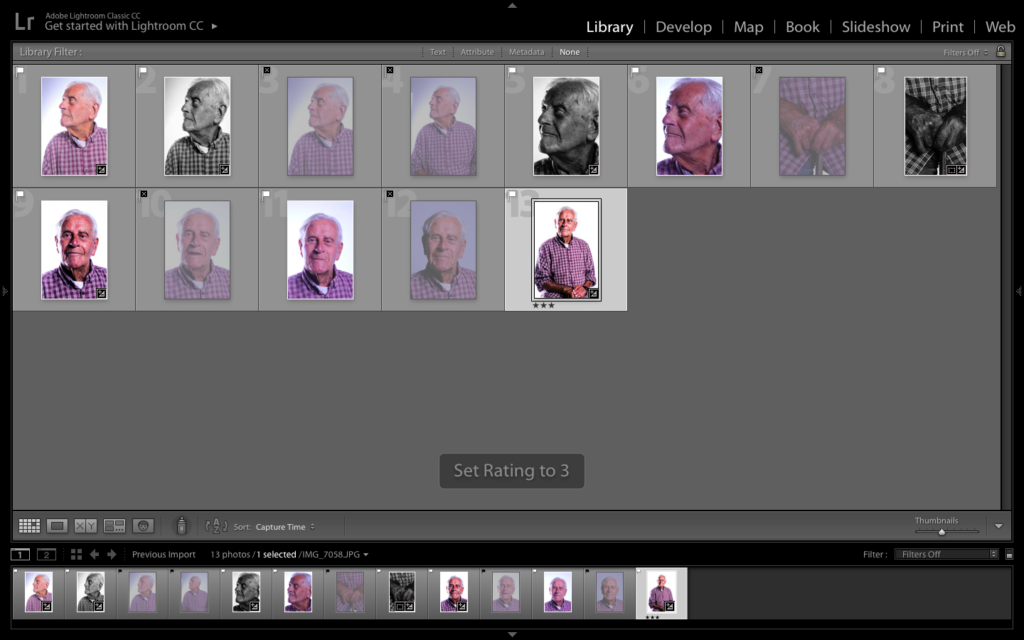
Colour Edits:
For my colour images I selected a half body and 3/4 body shot in order to showcase Bob. To edit them I corrected the white balance, and then adjusted the contrast, highlights, blacks and whites till I was happy with the outcomes. These two photographs are successful as they show the detail of Bob’s skin and his eyes almost draw you into his story and I believe showcases his inner thought and mind. This clearly presents his intellectual and political personality and his thought provoking stories.
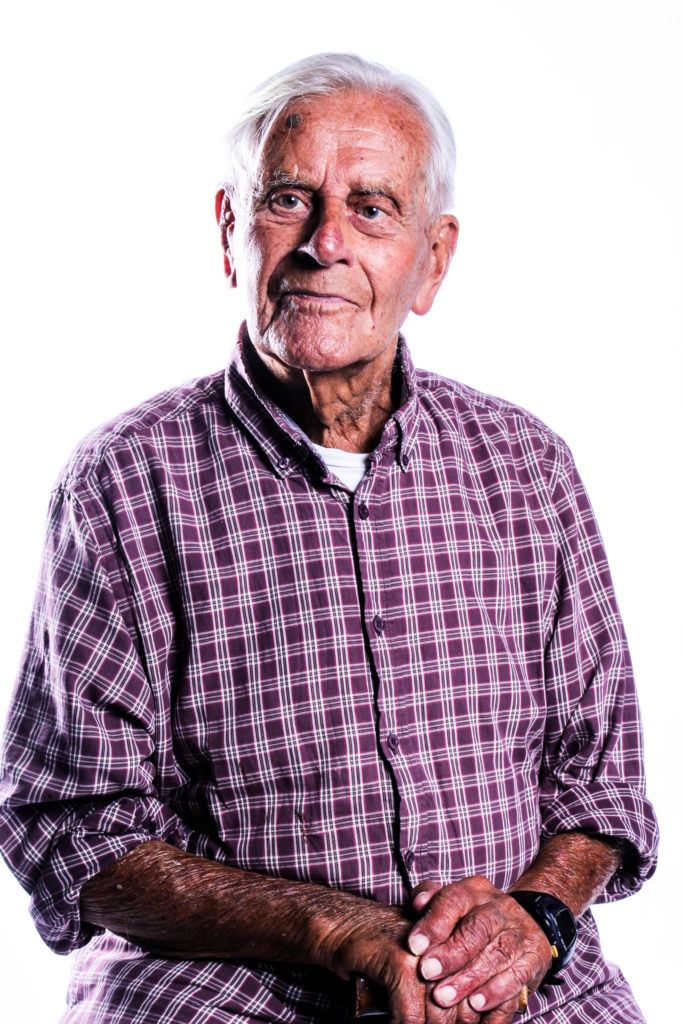
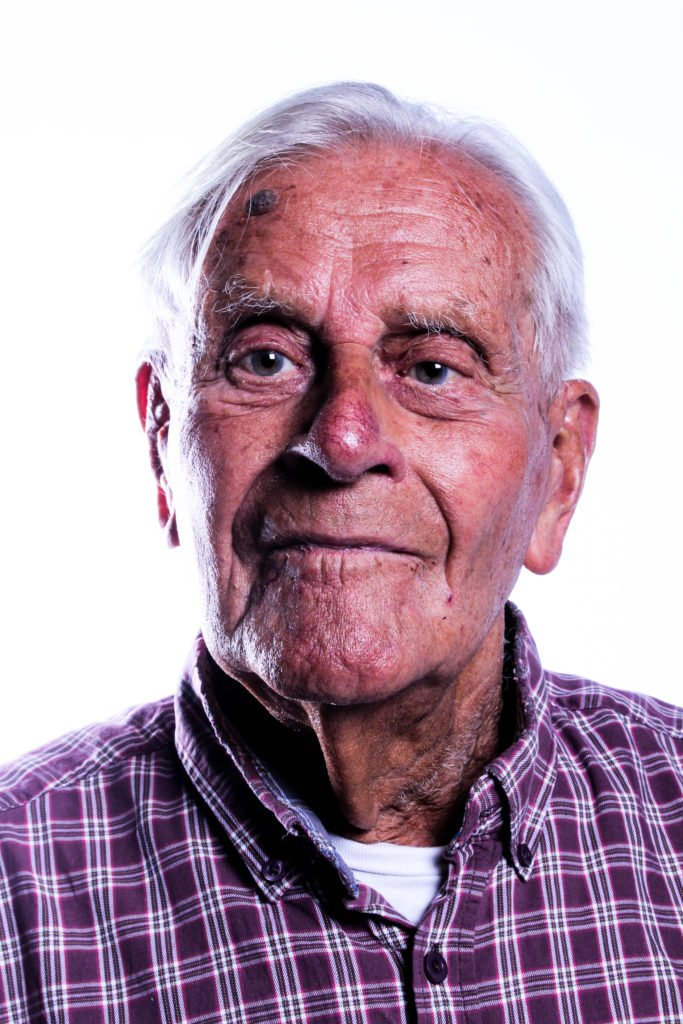
Black and White Edits:
For my black and white images I selected a 3/4 body shot (headshot) and a close up of Bob’s hand’s and cane. To edit them I corrected the white balance, and then adjusted the contrast, highlights, blacks and whites till I was happy with the outcomes. The photograph of the hands is successful as I have utilised the close of his hands to create a textural sense, which in itself presents Bob’s stories and have many conceptual representations based on his life. In addition, the headshot in black and white helps to present tonal contrast and a textural sense, creating an interesting photograph to look at
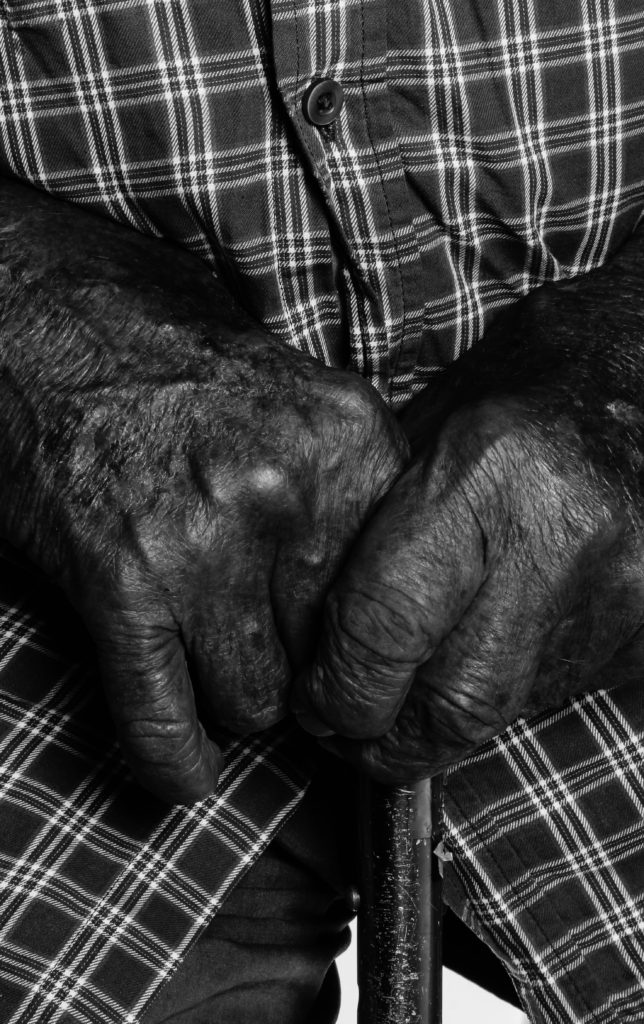
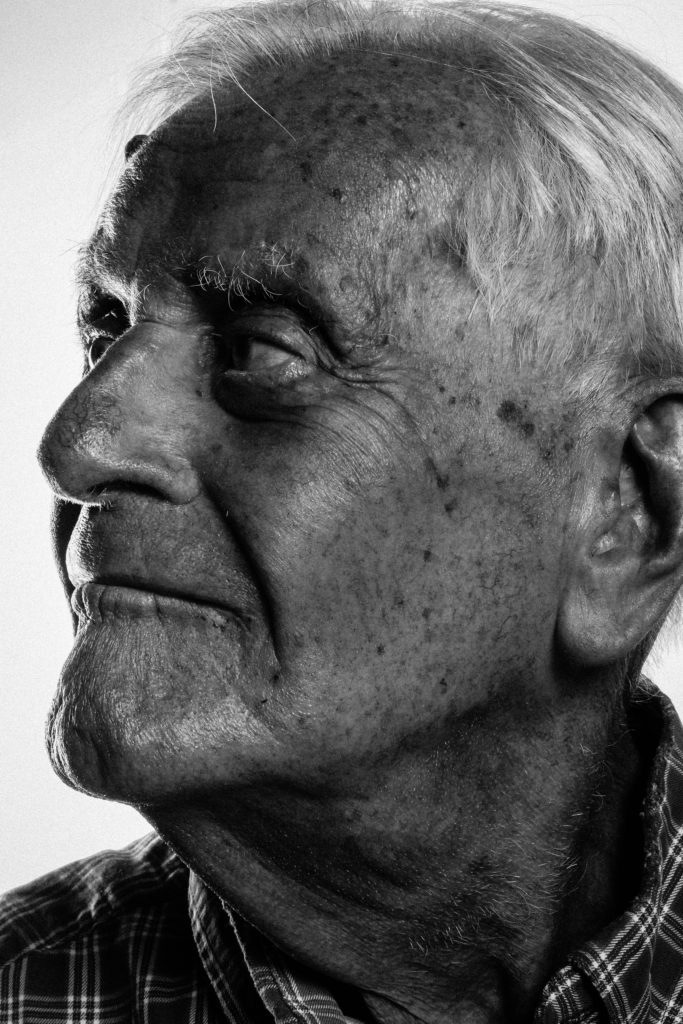
Evaluation:
Being able to explore Bob’s story has allowed me to gain a better understanding of what life at war was like, as well as first hand experience of a young man who lived through this period of time. I believe my imagery has managed to capture these stories, in a subtle way, allowing strong conceptual and contextual elements to be presented through my work, showcasing meaning. In addition, I have been able to extract quotes from Bob’s interview, in verbatim, which will help enrich my further studies as I explore Occupation and Liberation more. To conclude, I am happy with the imagery produce on top of exploring Bob’s life at war and produce strong evidence of further research.

